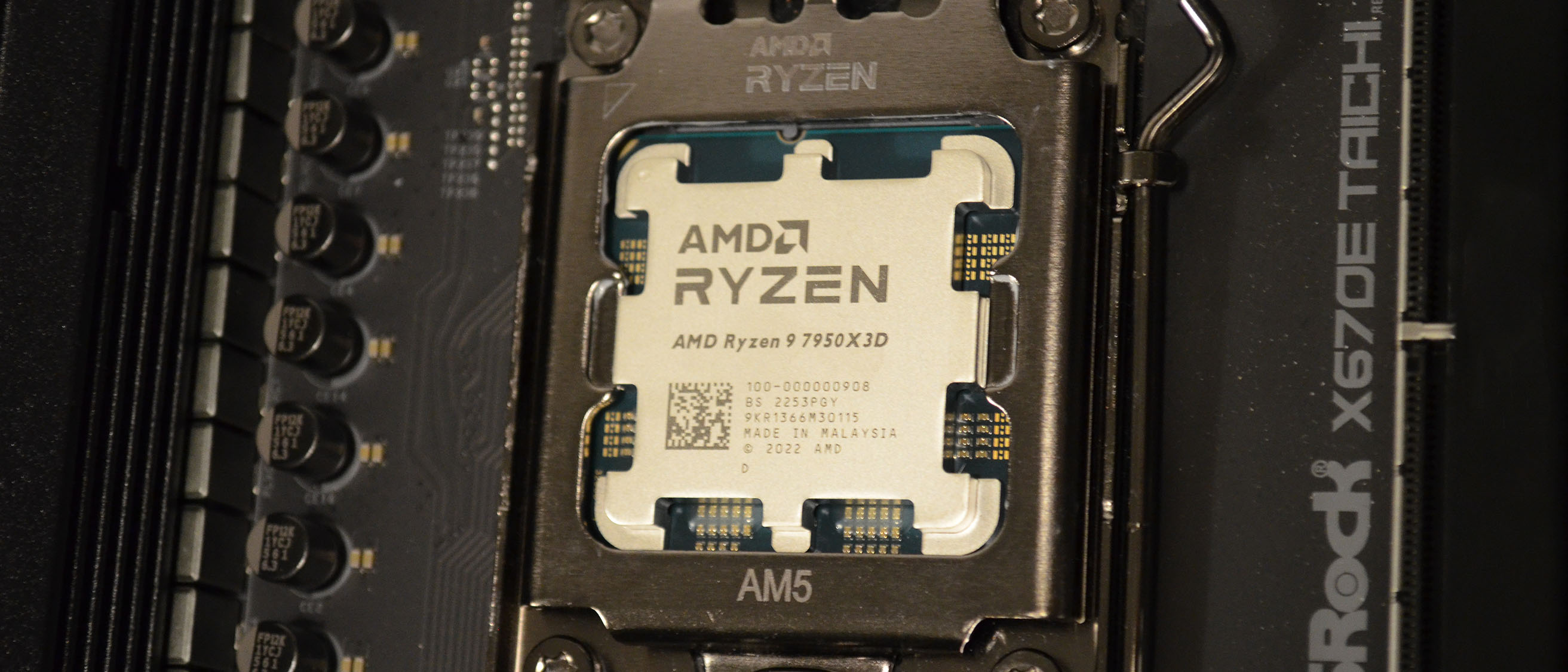AMD motherboards are about to get a massive memory upgrade
We'll soon be freed from the tyranny of neat binary numbers

AMD motherboards are about to get a major BIOS update that will introduce 24GB and 48GB DDR5 RAM module support, upended decades of memory capacity allocation, and break the brains of math nerds everywhere.
Traditional RAM modules have long followed the power of 2s capacity scheme, so 2GB, 4GB, 8GB, 16GB, 32GB, and so on. This is tied to the way computers store data using binary numbers — the classical 0s and 1s of the digital age — but this has long been more of a convention for memory capacity than it is some kind of hard requirement. Some of the best SSDs have capacities of 500GB, which is 12GB less than the clean 512GB you'd get from a pure binary representation.
Of course, it's always been possible to combine some RAM modules to get 12GB, 24GB, and such of total system memory, but it has rarely been offered on a single RAM module outside of high-end workstation PCs. Now, as our buddies at Tom's Hardware note, the possibilities for some truly epic PC builds are possible like a small-form-factor PC build with a mini-ATX board with two 48GB DDR5 modules for 96GB of memory.
More memory is always the best upgrade you can make for your PC
While the best processor and the best graphics card money can buy are going to have your PC humming along nicely, for most people the single best upgrade you can make to your PC is to add more memory.
The best RAM nowadays offers fantastic speed that can free up bottlenecks in your everyday workflows better than pretty much any other upgrade. Every program needs memory to run, and the more memory you have, the more room they have to operate without getting bogged down by limits placed on them by your OS.
Additionally, most motherboards only have four DIMM slots to put the memory into, and some smaller boards only have two slots available. That means that being able to cram more memory into a single slot is a huge deal since it raises the upper limit of what's possible on any given system.
With four 48GB DDR5 RAM modules, you can get a staggering 192GB RAM, which is professional workstation levels of memory on a consumer motherboard.
Sign up for breaking news, reviews, opinion, top tech deals, and more.
While most people will never need that much, two 24GB modules will pretty much eliminate any system latency caused by insufficient memory that users will experience for the rest of the decade (two 24GB modules will be better than a single 48GB module due to the nature of dual-channel memory).
All in all, this is a great move by AMD and the fact that nobody has to upgrade from their existing AM5 motherboards is huge.

John (He/Him) is the Components Editor here at TechRadar and he is also a programmer, gamer, activist, and Brooklyn College alum currently living in Brooklyn, NY.
Named by the CTA as a CES 2020 Media Trailblazer for his science and technology reporting, John specializes in all areas of computer science, including industry news, hardware reviews, PC gaming, as well as general science writing and the social impact of the tech industry.
You can find him online on Bluesky @johnloeffler.bsky.social